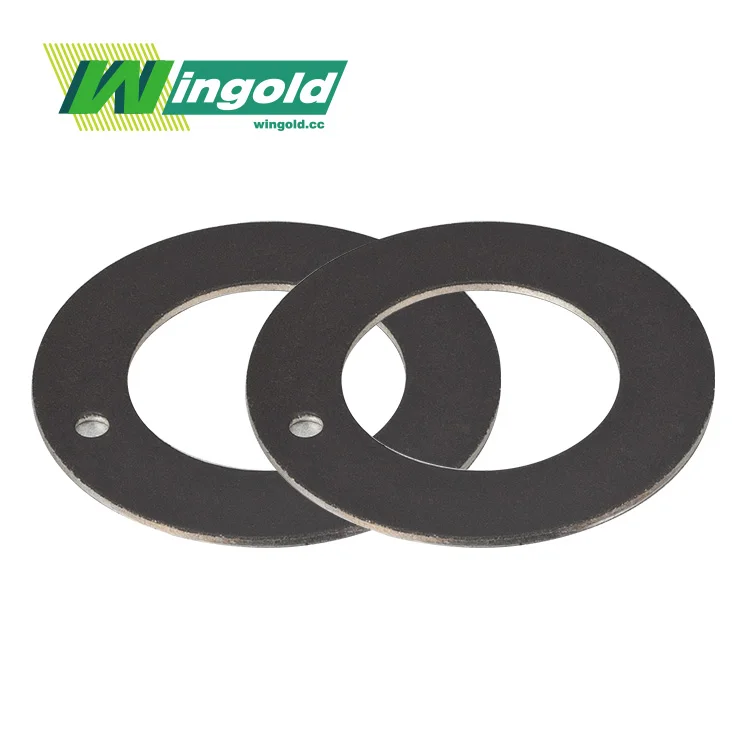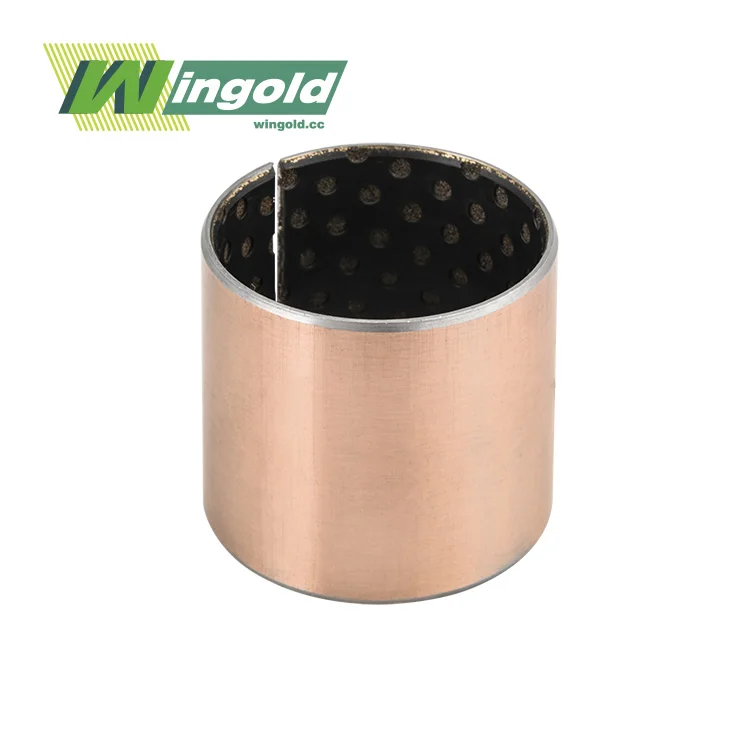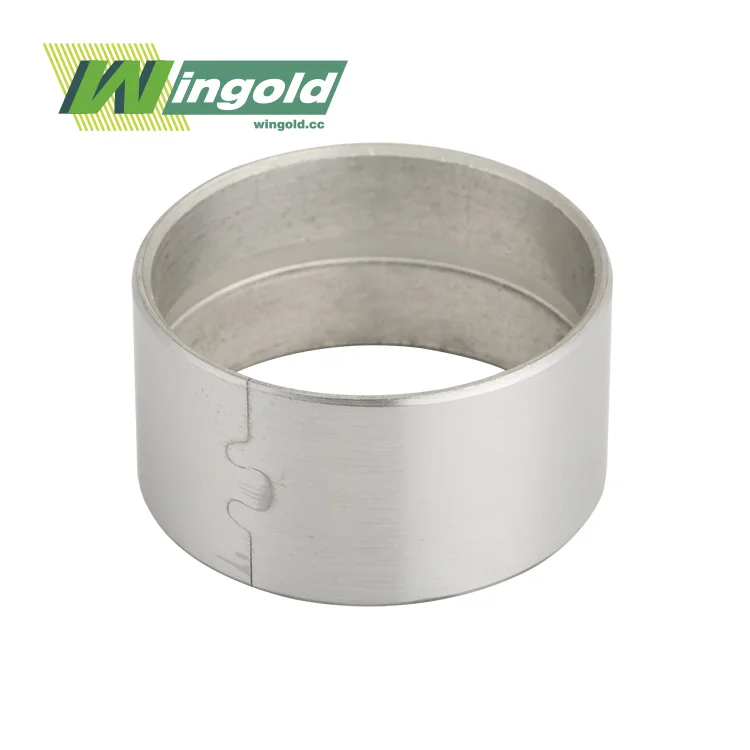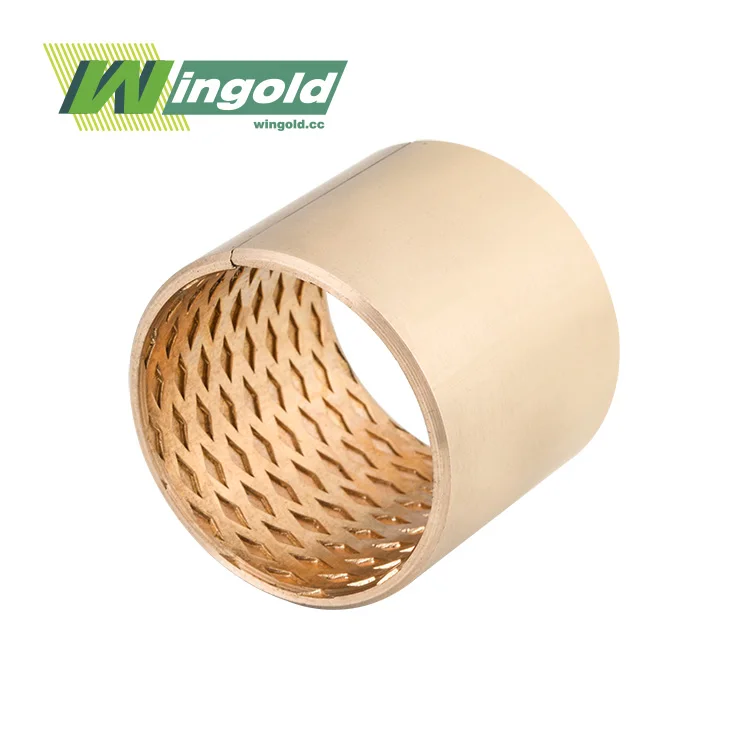Comprehending the Composition and Properties of Babbitt and Bronze Bushings
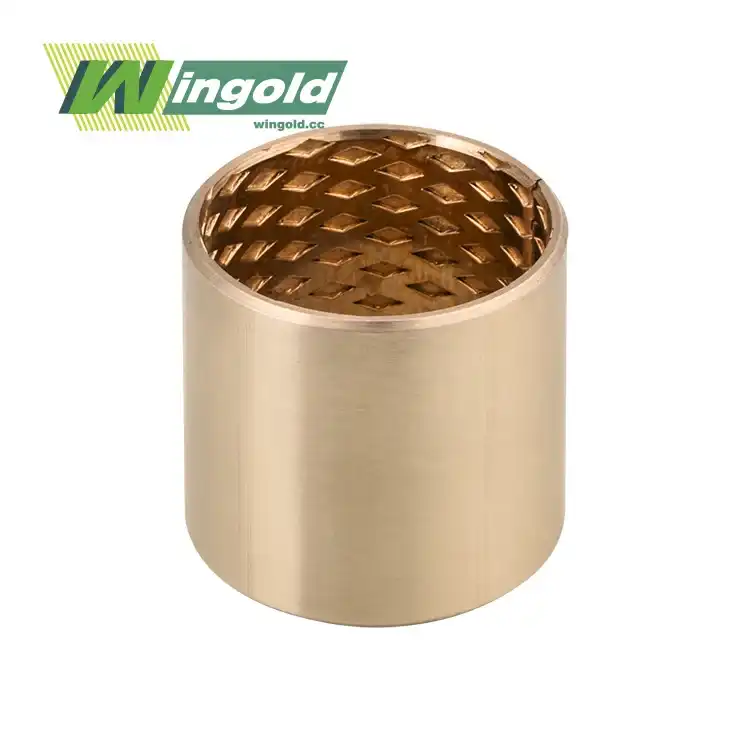
To fully appreciate the differences between Babbitt and bronze bushings, it's essential to delve into their unique compositions and properties. This understanding will help engineers and manufacturers make informed decisions when selecting the appropriate bushing for their specific applications.
Babbitt Bushings: Soft and Conforming
Babbitt bushings are named after Isaac Babbitt, who invented the alloy in 1839. These bushings are typically composed of tin, copper, and antimony in varying proportions. The soft nature of Babbitt metal allows it to conform to shaft irregularities and embed foreign particles, reducing the risk of scoring or damage to the shaft.
Key properties of Babbitt bushings include:
- Low friction coefficient
- Excellent conformability
- Good thermal conductivity
- Ability to embed debris
- Low hardness (typically 10-30 on the Brinell scale)
Bronze Bushings: Strong and Durable
Bronze bushings, including the 1 2 bore bronze bushing, are made from copper alloys that may include tin, lead, nickel, or other elements. These bushings offer a combination of strength, durability, and wear resistance that makes them suitable for a wide range of applications.
Key properties of bronze bushings include:
- High load-bearing capacity
- Excellent wear resistance
- Good corrosion resistance
- Moderate to high hardness (60-250 on the Brinell scale, depending on the alloy)
- Self-lubricating properties (in some alloys)
The 1 2 bore bronze bushing, with its precisely dimensioned 1.2-inch inner diameter, exemplifies the versatility and performance capabilities of bronze bushings. These bushings can withstand loads up to 4,000 psi (27.6 MPa) and operate in temperatures ranging from -40°F to 350°F (-40°C to 177°C), making them suitable for demanding industrial applications.
Performance Comparison: Babbitt vs. Bronze Bushings
When comparing Babbitt and bronze bushings, it's crucial to consider their performance characteristics in various operating conditions. This comparison will help you determine which type of bushing is best suited for your specific application.
Load-Bearing Capacity
Bronze bushings, including the 1 2 bore bronze bushing, generally offer superior load-bearing capacity compared to Babbitt bushings. The inherent strength of bronze alloys allows these bushings to withstand higher loads without deformation or failure. For instance, a 1 2 bore bronze bushing can handle loads up to 4,000 psi, making it ideal for heavy-duty applications in industries such as construction, agriculture, and manufacturing.
Babbitt bushings, while excellent at distributing loads evenly, are better suited for lighter loads. Their soft nature allows them to conform to shaft irregularities, but this same property limits their ability to withstand high loads without deformation.
Speed and Friction
Babbitt bushings excel in high-speed, low-load applications due to their low friction coefficient. The soft metal's ability to form a thin oil film between the bearing surface and the shaft contributes to smooth operation and reduced wear at high speeds.
Bronze bushings, while not as low-friction as Babbitt, still perform well in moderate-speed applications. Some bronze alloys, like those used in the 1 2 bore bronze bushing, have self-lubricating properties that help reduce friction and wear. The friction coefficient of these bronze bushings typically ranges from 0.08 to 0.12, which is suitable for many industrial applications.
Durability and Wear Resistance
Bronze bushings, including the 1 2 bore bronze bushing, generally offer superior durability and wear resistance compared to Babbitt bushings. The harder surface of bronze resists wear and maintains its dimensional stability over time, even under challenging operating conditions.
Babbitt bushings, while less durable in terms of wear resistance, have the unique ability to embed debris and conform to shaft irregularities. This property can help protect the shaft from damage and extend the overall lifespan of the bearing system in certain applications.
Selecting the Right Bushing for Your Application
Choosing between Babbitt and bronze bushings, such as the 1 2 bore bronze bushing, requires careful consideration of your application's specific requirements. Here are some factors to consider when making your selection:
Application-Specific Considerations
- Load requirements: For high-load applications, bronze bushings like the 1 2 bore bronze bushing are often the better choice due to their superior strength and load-bearing capacity.
- Speed of operation: If your application involves high-speed rotation with relatively low loads, Babbitt bushings may be more suitable. For moderate speeds and higher loads, bronze bushings are often preferred.
- Operating environment: Consider factors such as temperature, presence of contaminants, and exposure to corrosive substances. Bronze bushings generally offer better corrosion resistance and can operate in a wider temperature range.
- Maintenance requirements: Bronze bushings, especially those with self-lubricating properties, often require less maintenance than Babbitt bushings.
- Cost considerations: While initial costs may vary, consider the long-term cost-effectiveness of each option, including factors such as lifespan, maintenance requirements, and potential downtime.
Customization Options
Many manufacturers, including those producing the 1 2 bore bronze bushing, offer customization options to meet specific application requirements. These may include:
- Custom dimensions to fit your exact specifications
- Alloy modifications to enhance specific properties (e.g., increased wear resistance or improved corrosion resistance)
- Surface treatments or coatings for improved performance
- Integration of additional features such as oil grooves or flanges
When selecting a bushing, consider working with a manufacturer that offers customization options. This flexibility can help ensure that you get a bushing that perfectly matches your application's needs, whether you're looking for a standard 1 2 bore bronze bushing or a more specialized solution.
Conclusion
Understanding the differences between Babbitt and bronze bushings is crucial for making informed decisions in engineering and manufacturing applications. While Babbitt bushings excel in high-speed, low-load scenarios due to their conformability and low friction, bronze bushings like the 1 2 bore bronze bushing offer superior strength, durability, and versatility for a wide range of industrial applications.
The choice between Babbitt and bronze bushings ultimately depends on your specific application requirements, including load, speed, operating environment, and maintenance considerations. By carefully evaluating these factors and potentially exploring customization options, you can select the optimal bushing solution for your needs.
For more information on bronze bushings, including the versatile 1 2 bore bronze bushing, or to discuss your specific application requirements, don't hesitate to reach out to our team of experts at Wingold Bearing. Contact us at info@wingold.cc to learn how our high-quality bearing solutions can enhance the performance and reliability of your machinery.
FAQ
Can Babbitt bushings be used in high-load applications?
While Babbitt bushings excel in low-friction scenarios, they are not typically recommended for high-load applications due to their soft nature. For high-load situations, bronze bushings like the 1 2 bore bronze bushing are generally more suitable.
Are bronze bushings suitable for all operating temperatures?
Bronze bushings, including the 1 2 bore bronze bushing, can operate in a wide temperature range, typically from -40°F to 350°F (-40°C to 177°C). However, for extreme temperature conditions, specialized materials or treatments may be necessary.
